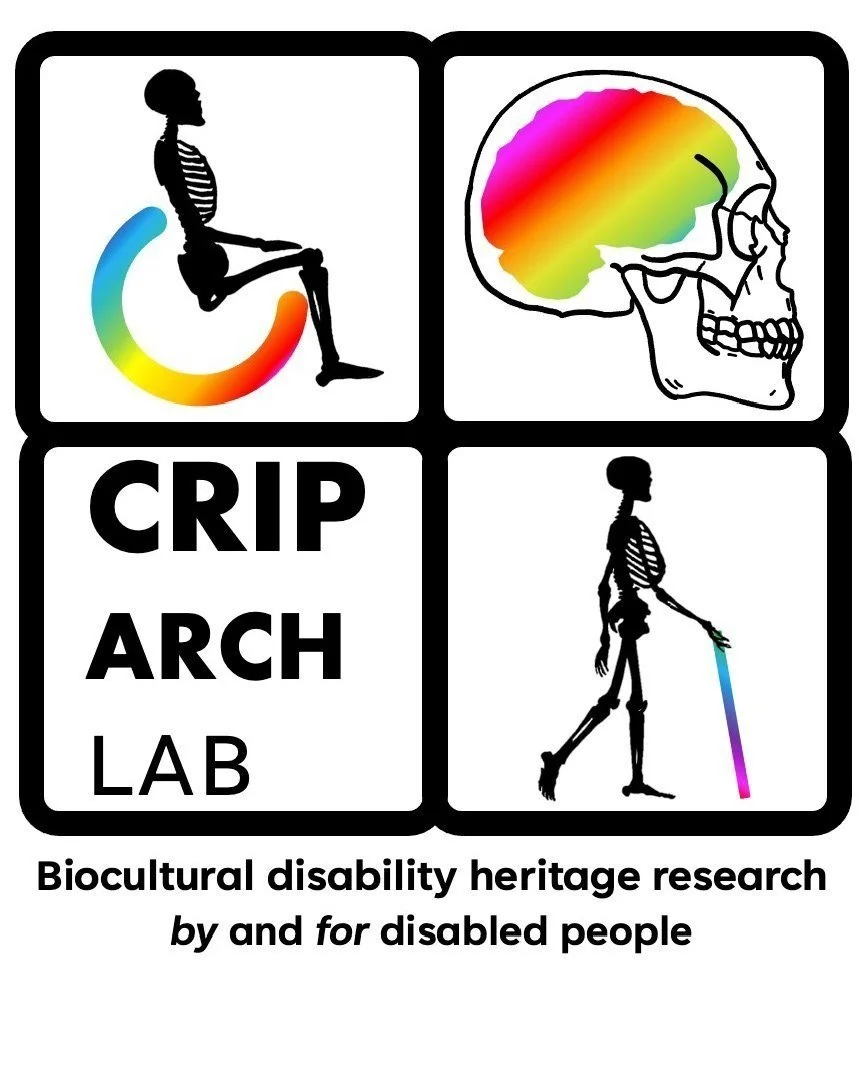Crip Archaeology Lab
The Crip Archaeology Lab (established 2020) is directed by Katherine Kinkopf, Assistant Professor of Anthropology at Cal Poly Pomona.
What is Crip Archaeology?
Crip Archaeology is an orientation to bio/archaeology that draws on crip theory and critical disability studies (CDS) to think with and about disability and the past. And ultimately, to think about corporeality and bodily variation beyond the limits of disability identity formations in contemporary societies. “Crip Archaeology” is an emerging area of scholarship in archaeology outlined by Laurie Wilkie and Katherine Kinkopf (publication in review).
The work of disability and Crip Archaeology need not be limited to the study of disease, disability, or impairment, nor should it be relegated to the study of disability culture alone (although it certainly can do all of this). Crip Archaeology is an ontoepistemology—a way of being and knowing through being—that liberates the study of disability from eugenic modes of thinking.
What does Crip Archaeology do?
Students in the Crip Archaeology Lab explore issues of:
Reproductive health justice, incarceration, institutionalization, and disability in the 19th and 20th century
Skeletal health and mobility (through the emancipatory framework of disability justice) in recent and historic populations
Disability cultural heritage (in the broadest sense of disability)
Recent publications from our lab can be found here: Publications
Get in touch with our lab at criparchaeology (at) gmail (dot) com
Crip Archaeology Lab Logo: a four-part square logo with three visual representations of disability and the text reading “Crip Arch Lab” and a subtitle: “Biocultural disability heritage research by and for disabled people.” The visual representations (clockwise) show (1) a skeleton-person in a rainbow wheelchair, (2) a neanderthal skull with rainbow brain, and (3) a skeleton-person walking with a rainbow cane. These different icons represent the different research streams included in our lab: narrating disability stories through bio/archaeology, investigating neurodiversity and crip kinship in deep time, and quantifying skeletal health and mobility for disabled bodies, to better understand disabled peoples’ health.
